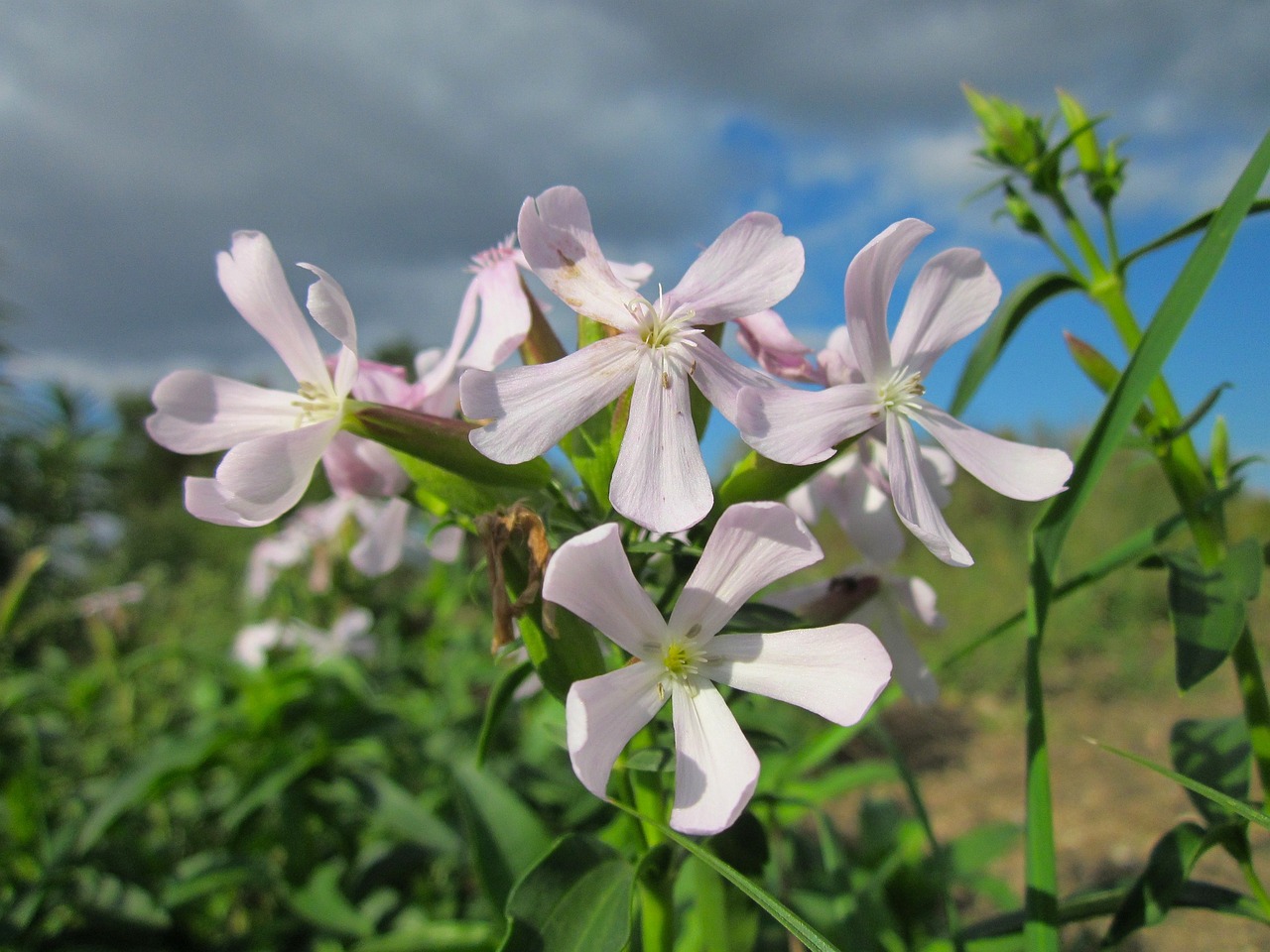
Saponaria, also known as soapwort, is a remarkable plant with a rich history and a wide array of uses. Its name is derived from the Latin word “sapo,” meaning soap, highlighting its traditional use as a natural cleanser. Beyond its practical applications, saponaria is also valued for its ornamental qualities, making it a delightful addition to any garden.
Introduction to Saponaria
Saponaria is a perennial herbaceous plant that belongs to the Caryophyllaceae family. Native to Europe and Asia, this plant has been cultivated and appreciated for centuries for its unique properties. Growing up to 1 meter in height, saponaria produces clusters of small, fragrant flowers in shades of pink, white, or red.
Benefits of Planting Saponaria
There are numerous benefits to planting saponaria in your garden. One of the most notable benefits is its natural insect-repelling properties. Saponaria contains saponins, natural compounds that deter pests, making it an excellent companion plant for vegetables and other crops. Additionally, saponaria is drought-tolerant once established, making it well-suited for dry climates. Its attractive flowers also attract pollinators such as bees and butterflies, making it beneficial for biodiversity in your garden.
Choosing the Right Location
When selecting a location to plant saponaria, it is essential to consider its sunlight and soil requirements. Saponaria thrives in full sun to partial shade and prefers well-draining soil. It is important to avoid planting saponaria in areas prone to waterlogging, as this can lead to root rot.
Preparing the Soil
Before planting saponaria, prepare the soil by digging a hole twice the size of the plant’s root ball. Mix in some compost or well-rotted manure to improve soil fertility and drainage. This will provide the plant with the nutrients it needs to thrive.
Planting Saponaria
Plant saponaria in the prepared hole at the same depth as it was in its nursery container. Water the plant thoroughly after planting to help settle the soil around the roots. It is also a good idea to mulch around the base of the plant to help retain moisture and suppress weeds.
Caring for Saponaria
Saponaria is a relatively low-maintenance plant once established. Water the plant during dry spells, but be careful not to overwater, as this can lead to root rot. Fertilize the plant with a balanced fertilizer in the spring to encourage healthy growth and abundant flowering. Deadhead the flowers regularly to promote continuous blooming throughout the growing season.
Common Problems and Solutions
While saponaria is generally pest and disease-resistant, it can occasionally be affected by aphids or powdery mildew. Aphids can be controlled by spraying the plant with a strong jet of water or using insecticidal soap. Powdery mildew can be treated with a fungicidal spray.
Harvesting Saponaria
To harvest saponaria for its soap-producing properties, wait until the plant has reached maturity and the flowers are in full bloom. Cut the stems just above the ground and wash them thoroughly to remove any dirt or insects. The leaves and stems can then be crushed and mixed with water to create a natural soap substitute.
Using Saponaria
Saponaria has a wide range of uses beyond its soap-producing properties. The plant’s leaves and roots have been used in traditional medicine to treat various ailments, including skin conditions and respiratory infections. Additionally, saponaria can be used as a natural dye, producing shades of yellow, orange, or red.
In conclusion, saponaria is a versatile plant with numerous benefits and uses. Whether you are looking for a natural insect repellent, an ornamental plant, or a natural soap substitute, saponaria is an excellent choice for your garden.
FAQs
- Is saponaria easy to grow?
- Yes, saponaria is relatively easy to grow. It is a hardy plant that thrives in a variety of conditions.
- Does saponaria require a lot of water?
- Saponaria is drought-tolerant once established and does not require frequent watering. However, it is important to water the plant during dry spells to help it thrive.
- Can I grow saponaria in a container?
- Yes, saponaria can be grown in a container. Make sure the container has good drainage and provide the plant with enough sunlight.
- How often should I fertilize saponaria?
- Fertilize saponaria once a year in the spring with a balanced fertilizer to promote healthy growth and flowering.
- Is saponaria invasive?
- Saponaria can be invasive in some regions. It is best to check with local authorities before planting to ensure it is not considered invasive in your area.